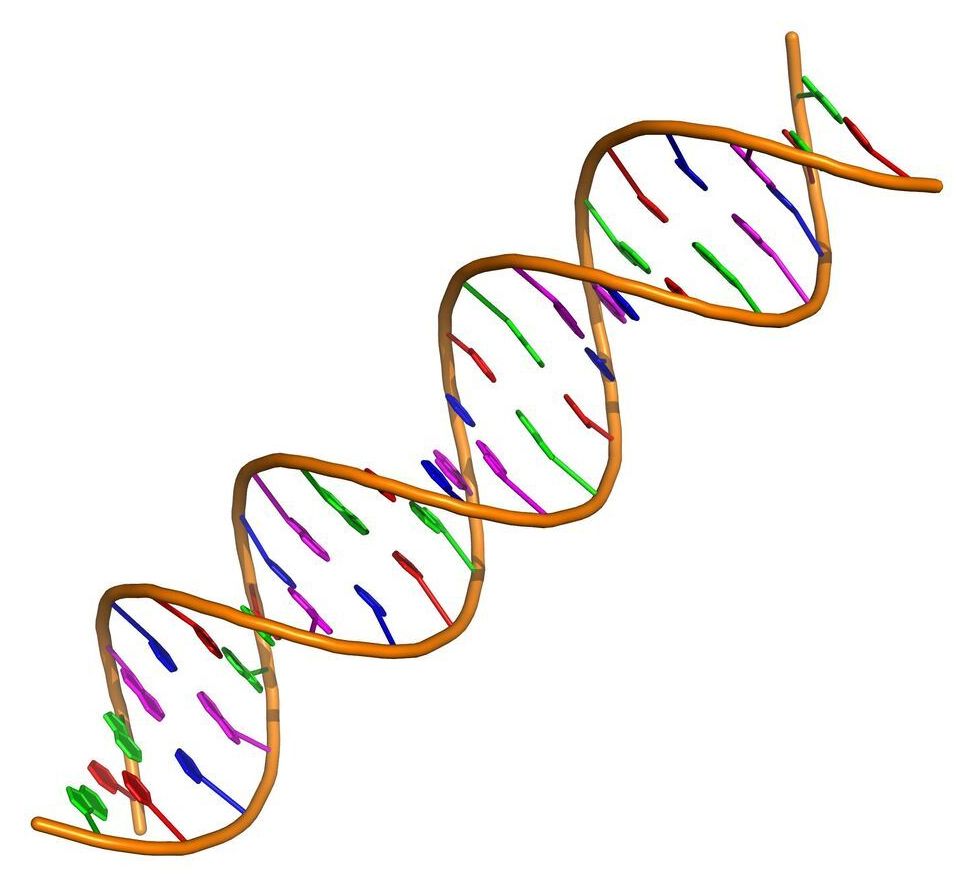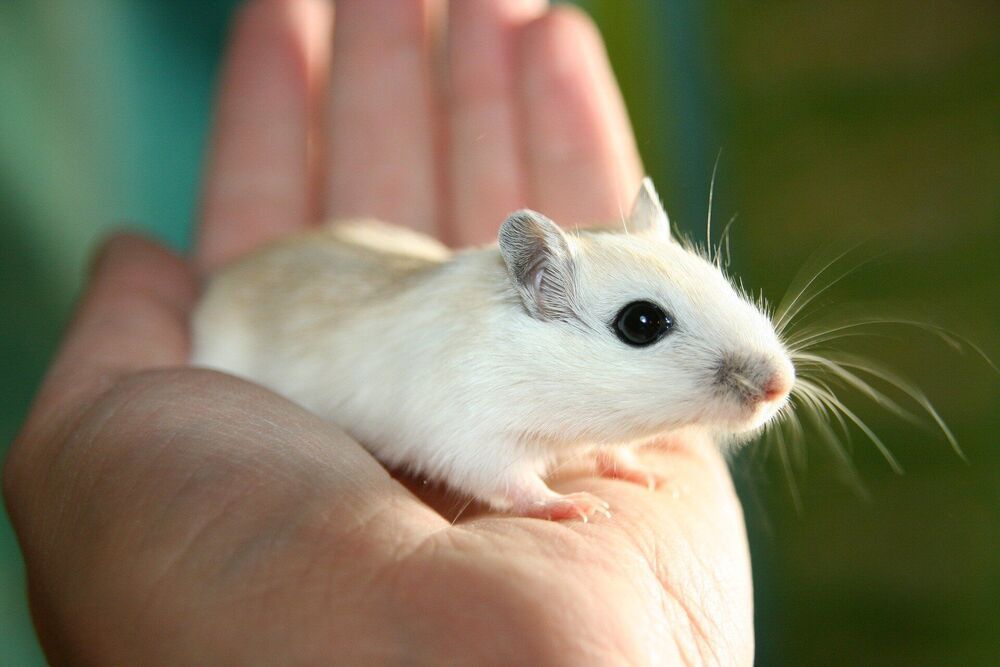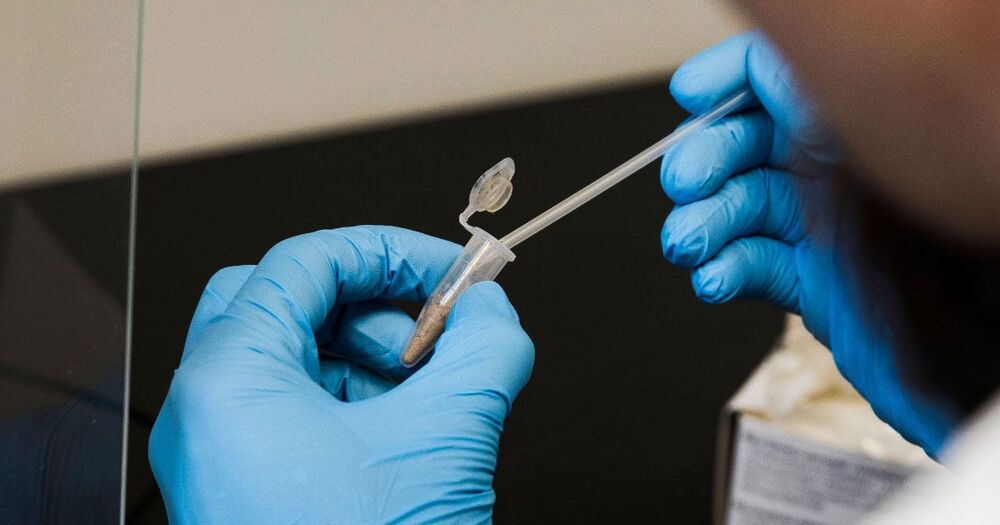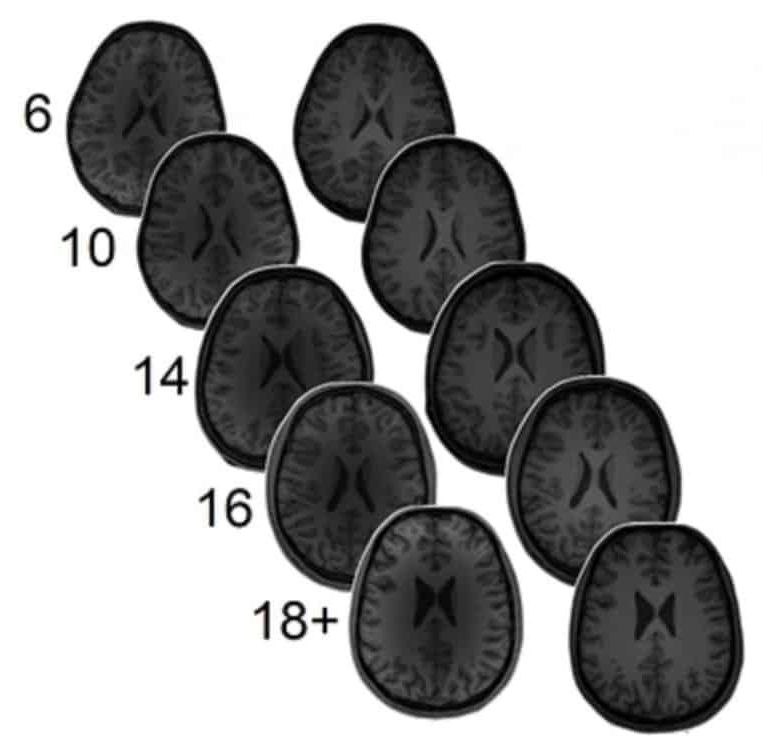Page 6405
Jul 23, 2021
Dr Spring Behrouz, PhD — Mitophagy, CNS Disorders, And Aging — CEO, Vincere Bio / NeuroInitiative
Posted by Ira S. Pastor in categories: biotech/medical, computing, life extension, neuroscience
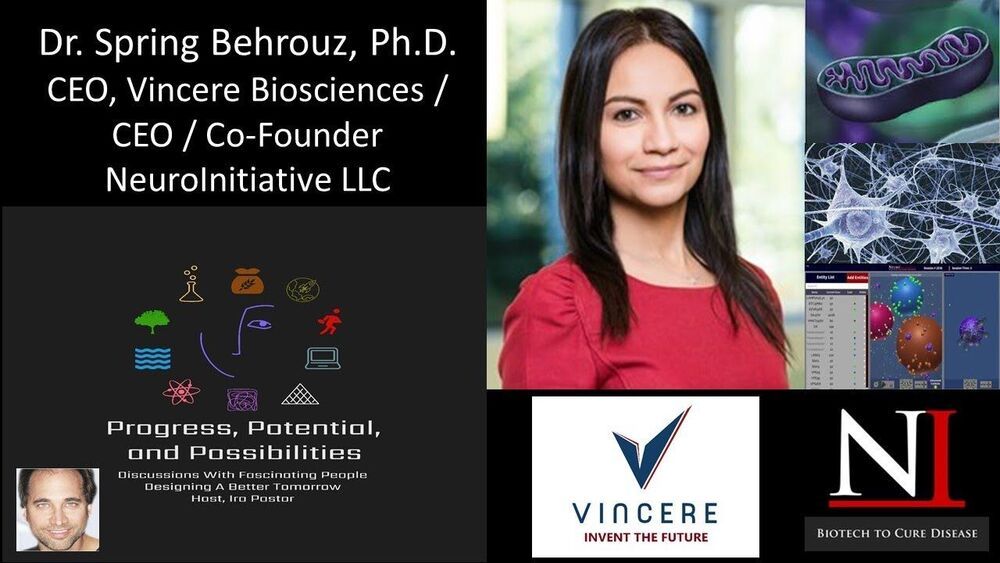
Mitochondrial Quality Control (Mitophagy), CNS Disorders, and Aging — Dr. Spring Behrouz, Ph.D., CEO, Vincere Biosciences Inc. / CEO, Neuroinitiative LLC.
Dr. Bahareh (Spring) Behrouz, PhD, is the CEO of Vincere Biosciences Inc (https://vincerebio.com/), a biotech company focused on developing novel, small molecule therapeutics targeting mitochondrial pathways and the improvement of mitochondrial quality.
Jul 23, 2021
Scientists Made a Biohybrid Nose Using Cells From Mosquitoes
Posted by Jose Ruben Rodriguez Fuentes in categories: bioengineering, biotech/medical, cyborgs, health, transhumanism
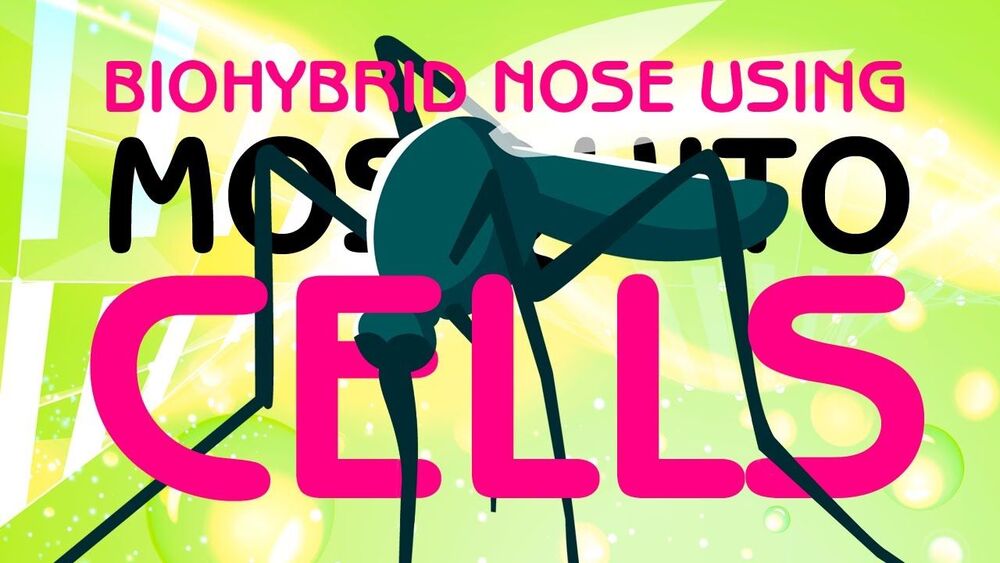
💠 Japanese researchers have created a “nose” mosquito that can detect odors from tiny droplets of liquid droplets. The research could lead to the creation of Smell-O-Vision for machines and a means of diagnosing early cancer, they say. Japanese researchers have created a “nose” that can detect different odors at the same time. The team used two bubbles, each filled with oil, broken horizontally, to create a squinted figure-eight. They hope to use it to develop an artificial nose in the future.
Researchers have developed a “bionic nose” that can detect odor molecules. The team hopes to use the device as an inexpensive way to diagnose the early stages of illness. Eventually, the team wants to use their bionic nose for cancer and other health issues. They hope to make the device available to the public soon.
Continue reading “Scientists Made a Biohybrid Nose Using Cells From Mosquitoes” »
Jul 23, 2021
The potential role of ‘junk DNA’ sequence in aging, cancer
Posted by Kevin Huang in categories: biotech/medical, genetics, life extension
An aging/longevity/junk dna link.
~~~
The human body is essentially made up of trillions of living cells. It ages as its cells age, which happens when those cells eventually stop replicating and dividing. Scientists have long known that genes influence how cells age and how long humans live, but how that works exactly remains unclear. Findings from a new study led by researchers at Washington State University have solved a small piece of that puzzle, bringing scientists one step closer to solving the mystery of aging.
Continue reading “The potential role of ‘junk DNA’ sequence in aging, cancer” »
Jul 23, 2021
Scientists reverse age-related memory loss in mice
Posted by Kevin Huang in categories: genetics, life extension, neuroscience
Scientists at Cambridge and Leeds have successfully reversed age-related memory loss in mice and say their discovery could lead to the development of treatments to prevent memory loss in people as they age.
In a study published today in Molecular Psychiatry, the team show that changes in the extracellular matrix of the brain — ‘scaffolding’ around nerve cells—lead to loss of memory with aging, but that it is possible to reverse these using genetic treatments.
Recent evidence has emerged of the role of perineuronal nets (PNNs) in neuroplasticity—the ability of the brain to learn and adapt—and to make memories. PNNs are cartilage-like structures that mostly surround inhibitory neurons in the brain. Their main function is to control the level of plasticity in the brain. They appear at around five years old in humans, and turn off the period of enhanced plasticity during which the connections in the brain are optimized. Then, plasticity is partially turned off, making the brain more efficient but less plastic.
Jul 23, 2021
Permanent Artificial Hearts Are Closer Than You Think
Posted by Johnathan Doetry in categories: biotech/medical, business
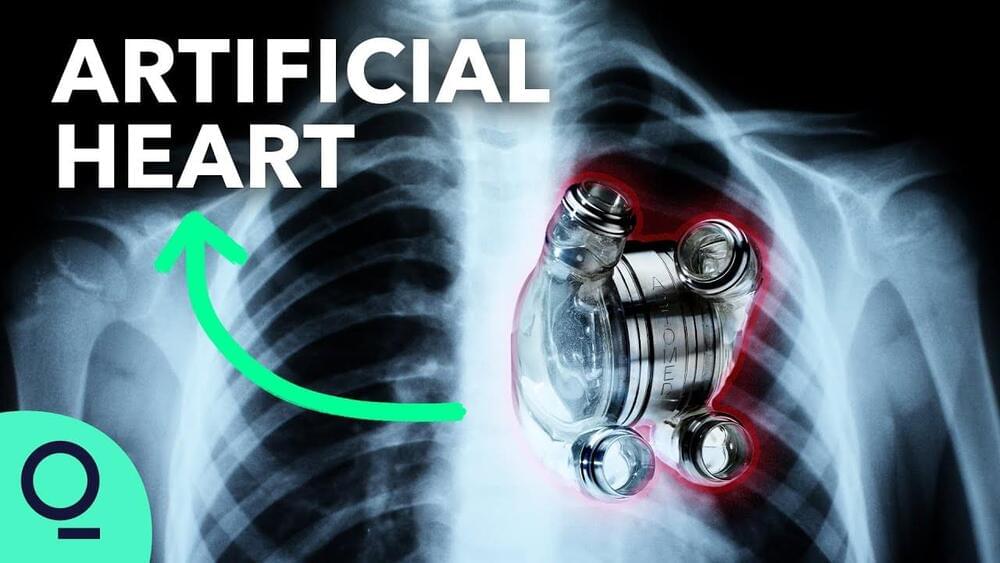
For decades, scientists have been trying to build a long-lasting replacement for the human heart. Now, an Australian inventor believes he’s cracked one of the hardest problems in medicine.
#Prognosis #Science #BloombergQuicktake.
——-
Like this video? Subscribe: https://www.youtube.com/Bloomberg?sub_confirmation=1
Become a Quicktake Member for exclusive perks: https://www.youtube.com/bloomberg/join.
Continue reading “Permanent Artificial Hearts Are Closer Than You Think” »
Jul 23, 2021
AI firm DeepMind puts database of the building blocks of life online
Posted by Kelvin Dafiaghor in category: robotics/AI
AlphaFold program’s prediction of nearly 20000 human protein structures now free for researchers.
Jul 23, 2021
Vaccines Are Pushing Pathogens to Evolve
Posted by Michael Taylor in categories: biotech/medical, evolution, genetics
In March 2017, Read and his Penn State colleague David Kennedy published a paper in the Proceedings of the Royal Society B in which they outlined several strategies that vaccine developers could use to ensure that future vaccines don’t get punked by evolutionary forces. One overarching recommendation is that vaccines should induce immune responses against multiple targets. A number of successful, seemingly evolution-proof vaccines already work this way: After people get inoculated with a tetanus shot, for example, their blood contains 100 types of unique antibodies, all of which fight the bacteria in different ways. In such a situation, it becomes much harder for a pathogen to accumulate all the changes needed to survive. It also helps if vaccines target all the known subpopulations of a particular pathogen, not just the most common or dangerous ones. Richard Malley and other researchers at Boston Children’s Hospital are, for instance, trying to develop a universal pneumococcal vaccine that is not serotype-specific.
Vaccines should also bar pathogens from replicating and transmitting inside inoculated hosts. One of the reasons that vaccine resistance is less of a problem than antibiotic resistance, Read and Kennedy posit, is that antibiotics tend to be given after an infection has already taken hold — when the pathogen population inside the host is already large and genetically diverse and might include mutants that can resist the drug’s effects. Most vaccines, on the other hand, are administered before infection and limit replication, which minimizes evolutionary opportunities.
But the most crucial need right now is for vaccine scientists to recognize the relevance of evolutionary biology to their field. Last month, when more than 1000 vaccine scientists gathered in Washington, D.C., at the World Vaccine Congress, the issue of vaccine-induced evolution was not the focus of any scientific sessions. Part of the problem, Read says, is that researchers are afraid: They’re nervous to talk about and call attention to potential evolutionary effects because they fear that doing so might fuel more fear and distrust of vaccines by the public — even though the goal is, of course, to ensure long-term vaccine success. Still, he and Kennedy feel researchers are starting to recognize the need to include evolution in the conversation. “I think the scientific community is becoming increasingly aware that vaccine resistance is a real risk,” Kennedy said.
Jul 23, 2021
The Science of Aliens, Part 4: What Color Would Their Blood Be?
Posted by Dirk Schulze-Makuch in categories: biotech/medical, science
The Science of Aliens, Part IV: Would they have blood (implying a circulatory system) and if so, what color would it be?
Not every animal bleeds red, even on Earth.
Jul 23, 2021
Neurotransmitter Levels Predict Math Ability
Posted by Jason Blain in categories: mathematics, neuroscience
Summary: A new study found a person’s math ability was linked to levels of GABA and glutamate in the brain. In children, greater math fluency was associated with higher GABA levels in the left intraparietal sulcus, while lower levels of GABA were linked to math ability in adults. The reverse was true for glutamate in both children and adults.
Source: PLOS
The neurotransmitters GABA and glutamate have complementary roles — GABA inhibits neurons, while glutamate makes them more active.

